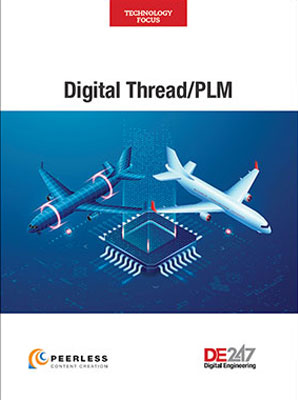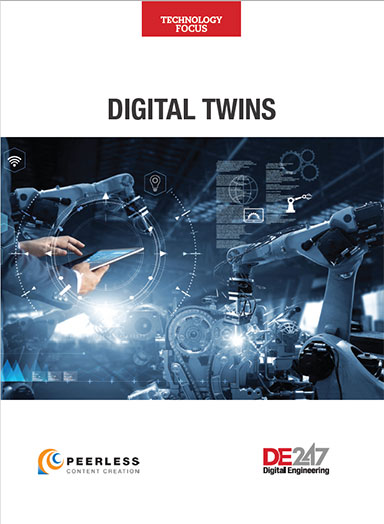Gartner Names Top Tech Trends for 2025
Analysts dive into industry trends at Gartner IT Symposium/Xpo 2024.
October 22, 2024
Gartner, Inc. has announced its list of top technology trends for 2025. Analysts presented their findings during Gartner IT Symposium/Xpo, which was to take place through October 24, 2024.
“This year’s top strategic technology trends span AI imperatives and risks, new frontiers of computing and human-machine synergy,” says Gene Alvarez, vice president analyst at Gartner. “Tracking these trends will help IT leaders shape the future of their organizations with responsible and ethical innovation.”
Some of the top strategic technology trends for 2025 are:
Agentic AI
Agentic artificial intelliggence (AI) systems autonomously take actions to meet user-defined goals, according to Gartner. Agentic AI offers the potential for a virtual workforce that can offload and augment human work. Gartner predicts that by 2028, at least 15% of day-to-day work decisions will be made autonomously through agentic AI, up from 0% in 2024.
AI Governance Platforms
AI governance platforms enable organizations to manage the legal, ethical and operational performance of their AI systems, according to Gartner. These technology solutions can create, manage and enforce policies for AI use, explain how AI systems work and provide transparency. Gartner predicts that by 2028, organizations that implement comprehensive AI governance platforms will experience 40% fewer AI-related ethical incidents compared to those without such systems.
Postquantum Cryptography
Postquantum cryptography provides data protection resistant to quantum computing decryption risks.
Energy-Efficient Computing
It is expected that starting in the late 2020s, several new compute technologies, such as optical, neuromorphic and novel accelerators, will emerge for special-purpose tasks, such as AI and optimization, which will use less energy.
Hybrid Computing
Hybrid computing combines different compute, storage and network mechanisms to solve computational problems. This form of computing helps organizations explore and solve problems, according to Gartner.
Spatial Computing
Spatial computing digitally enhances the physical world with technologies such as augmented reality and virtual reality. By 2033, Gartner predicts spatial computing will grow to $1.7 trillion, up from $110 billion in 2023.
Polyfunctional Robots
Polyfunctional machines have the capability to do more than one task and are replacing task-specific robots that are custom designed to repeatedly perform a single task.
For the full list, click here.
Sources: Press materials received from the company and additional information gleaned from the company’s website.
Subscribe to our FREE magazine, FREE email newsletters or both!
About the Author
DE’s editors contribute news and new product announcements to Digital Engineering.
Press releases may be sent to them via [email protected].






